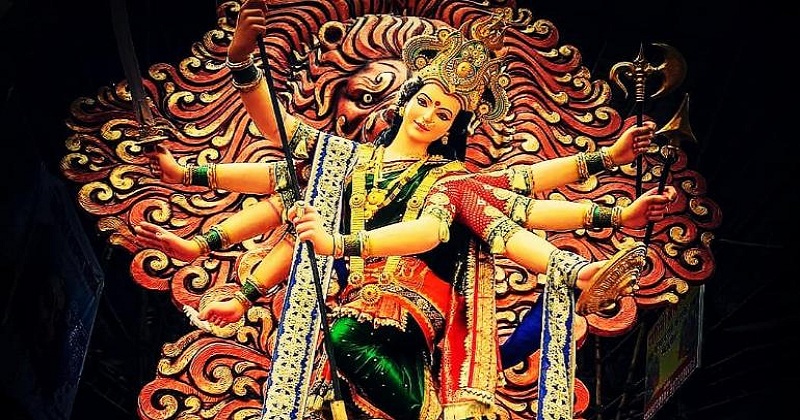
Navratri is the time when we get to indulge in traditional food recipes, non-stop desi parties and plenty of shopping. Special dishes are added to all restaurant menus which encourage you to experiment with your taste buds. EDM music takes a backseat and Bollywood and desi numbers take over the DJ console celebrating the spirit of Navratras.
Meaning and significance of navratri
As mythology suggests, the Navratri festival is celebrated to honour Goddess Durga who symbolises power and purity. Fasts are observed and rice, wheat and pulses are avoided for nine days. Goddess Lakshmi and Goddess Saraswati are also worshipped during Navratri. Bhajans and especially the garba dance are the highlights of the festival. This year, Navratri is from October 10- October 18.
Navratri is celebrated for different reasons across India. In the East and various sections of Northeast India, it is celebrated as Durga Puja, which signifies the victory of Goddess Durga over the demon Mahishasura. In the North and Western states, Navratri is celebrated through Ram Leela performances, Lord Ram defeating Ravana. Overall, the theme of Navratri is victory of good over evil.
Among other popular traditions during the Navratras, the garba dance is an essential part of navratris, and if you haven’t tried it yet, this season would be a good time to start! Here are some facts about garba that you should know:
Garba is popular among the younger generation, not only in India, but all over the world, mostly where Indian communities live.

Post Your Comments